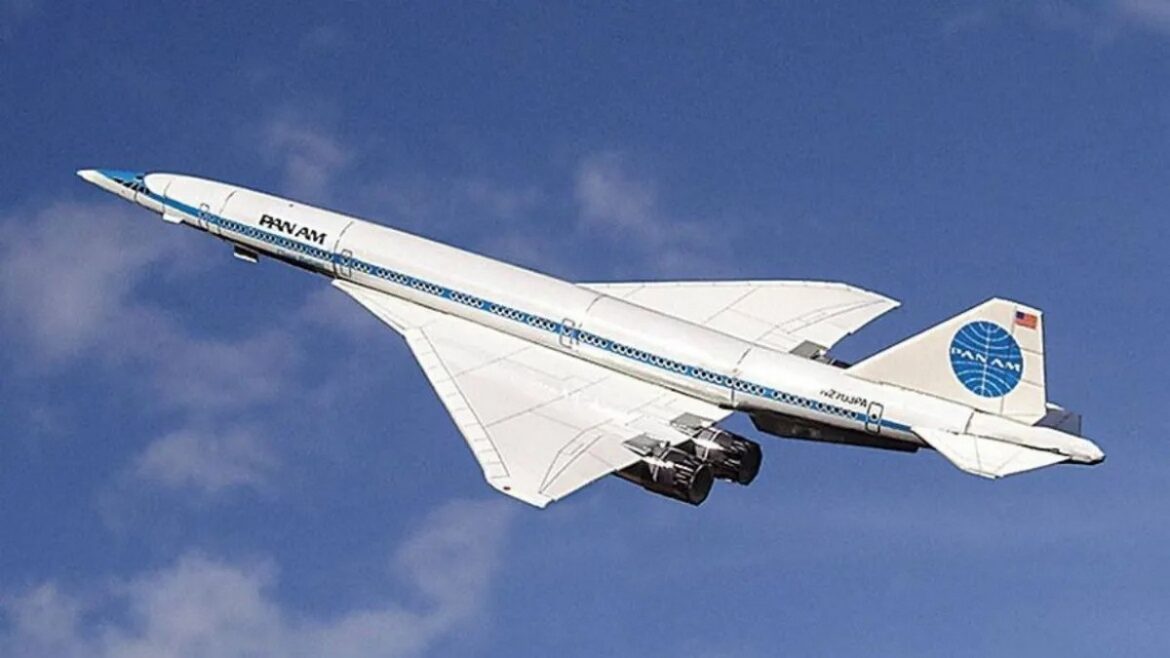It’s been more than two decades since the iconic Concorde flew for the last time, ending the supersonic commercial air travel era. Multiple aircraft manufacturers and organizations worldwide are currently pouring millions of dollars, competing against each other to revive that dream. However, there are lessons to be learned for these companies from the original supersonic race that started during the peak of the Cold War era, in which Boeing was prominently involved. In the early 1960s, when the US and the Soviet Union were locked in the space race, the British and French governments signed an agreement to develop commercial aircraft like no other.

It was for an airliner that could fly at twice the speed of sound, which laid the foundation for the development of the Concorde. The US did not want to lose its tactical advantage and superiority in aviation technology and decided to jump into a three-way race against the Concorde and the Soviet Union. A massive airport in Florida was also envisioned as the hub for this supersonic commercial jet.

It was in June 1963 when President John F. Kennedy announced that the United States would take up the challenge to build the world’s first SST (supersonic transport). The goal was “to develop at the earliest practical date the prototype of a commercially successful supersonic transport superior to that being built in any other country of the world.” A competition amongst American aircraft manufacturing companies was thrown open to develop a supersonic aircraft bigger and faster than the Concorde.

The US was so desperate to win the race that it agreed to cover 75 percent of the development costs, estimated to be around $750 million (roughly $7.5 billion today when adjusted against inflation). Lockheed and Boeing both submitted plans; however, the latter came out on top.

The Boeing 2707, selected as the winning design in 1967, promised to fly at Mach 2.7, carry 270 passengers, and have a range of 6,700 kilometers (~4,163 miles). This made it faster than the Concorde, which flew at Mach 2.04 (2,170 km/h; 1,350 mph), and capable of carrying two and a half times more passengers, as the Concorde could only hold 100. The company even received orders from around two dozen airline operators for 122 supersonic jets. Qantas ordered six with plans to fly them between London and Sydney.

However, it was an extremely ambitious plan with many unsurmountable technical difficulties, including a swept-wing design like the F-14 fighter jet. The program also required the government to approve $100 million in funding upfront (around $1 billion in today’s money).

Another major roadblock for supersonic commercial jets was the sonic boom. In 1964, the Federal Aviation Administration flew fighter jets over Oklahoma City for six months to gauge the ill effects of the sonic boom. Soon, it became clear that the aircraft could only fly at supersonic speeds while flying over oceans, constraining it to transatlantic flights.

This immediately made it economically unviable for most airline companies, which canceled their orders. In 1971, the Senate voted 51-46 to end funding for the program, ultimately killing the Boeing 2707. The company had built two prototypes that never took to the sky.

While the Soviet Union succeeded in creating its own SST, the TU-144, it was a massive failure. Despite all the challenges, only the Concorde emerged as the clear winner of the supersonic race. Yet, the iconic jet relied on government subsidies till its last flight.
Building the world’s biggest airport in Florida was part of the Boeing 2707 project
In the 1960s, the United States wanted to build the world’s biggest airport with the vision of six runways and flights to all corners of the globe. Located in Florida, the Everglades Jetport was set to occupy an area of 24,960 acres, which is five times bigger than New York’s JFK Airport. The plan also included a new interstate highway and high-speed monorail system for passengers from Miami and the Gulf of Mexico.

With the anticipation that supersonic jets will dominate long-haul air travel, the airport’s plan involved the development of necessary infrastructure to support the Boeing 2707 and other STTs. Work began in 1968 in Collier County, set amid the Big Cypress Swamp on the northwest boundary of Everglades National Park. However, the construction came to a grinding halt a year later after a damning environmental report, which led to the work being halted permanently. What remains today is a ghost airport with a single runway in the middle of nowhere.


